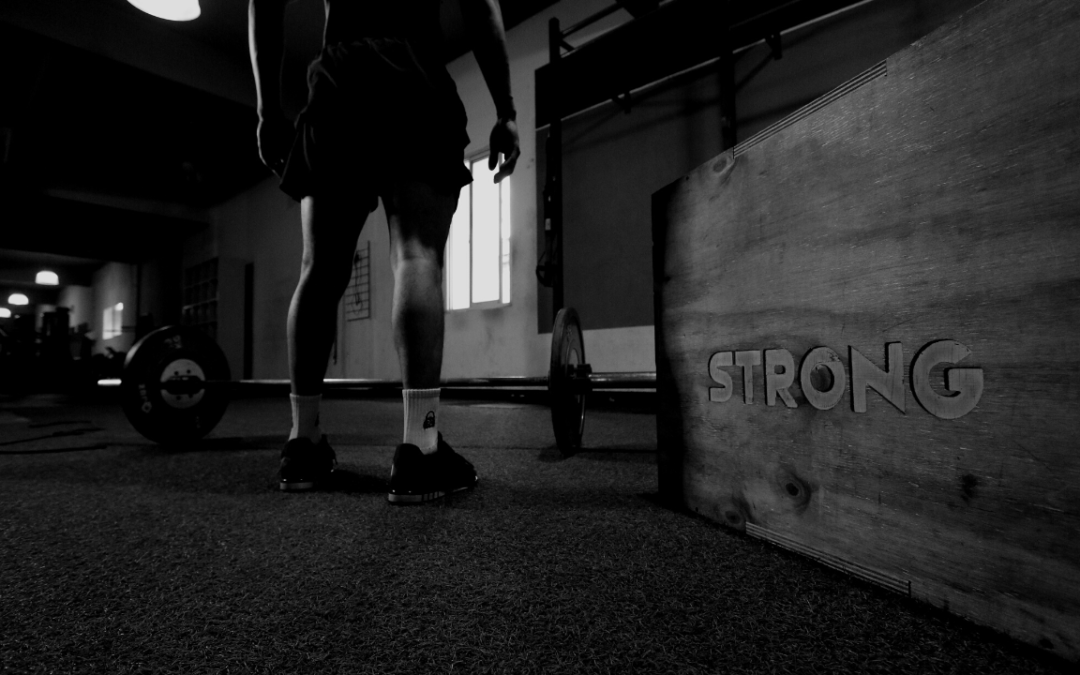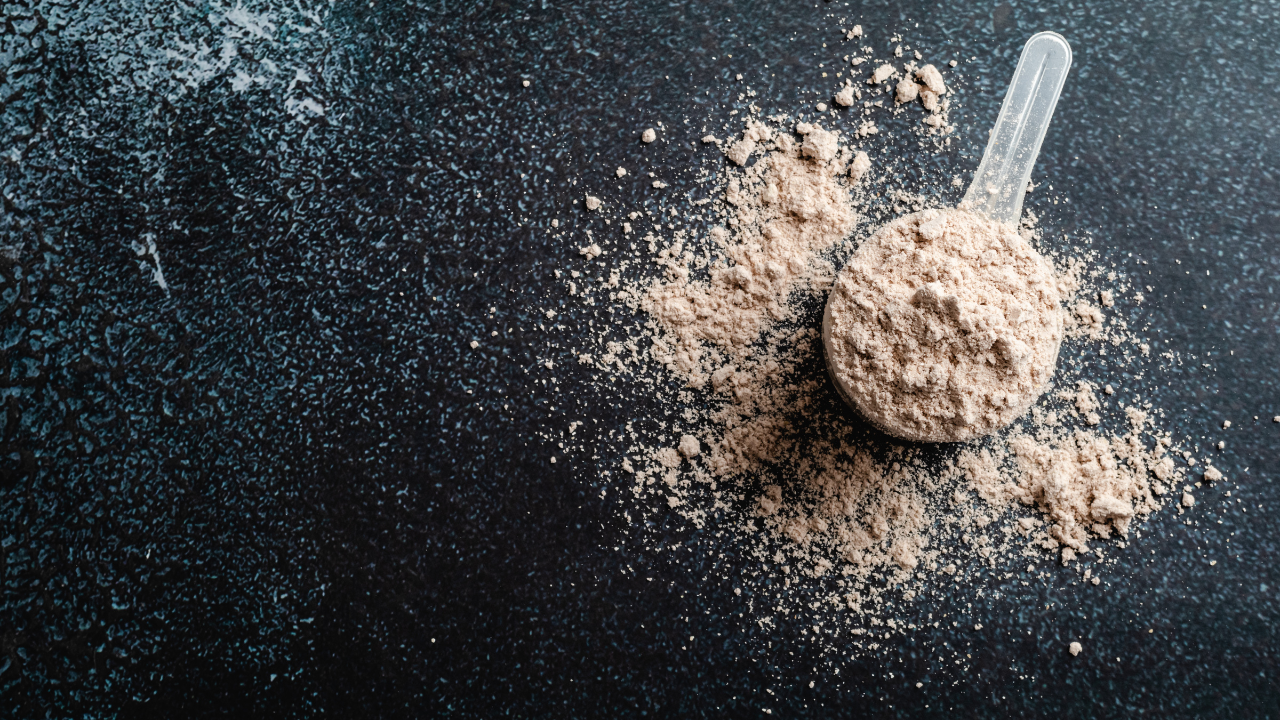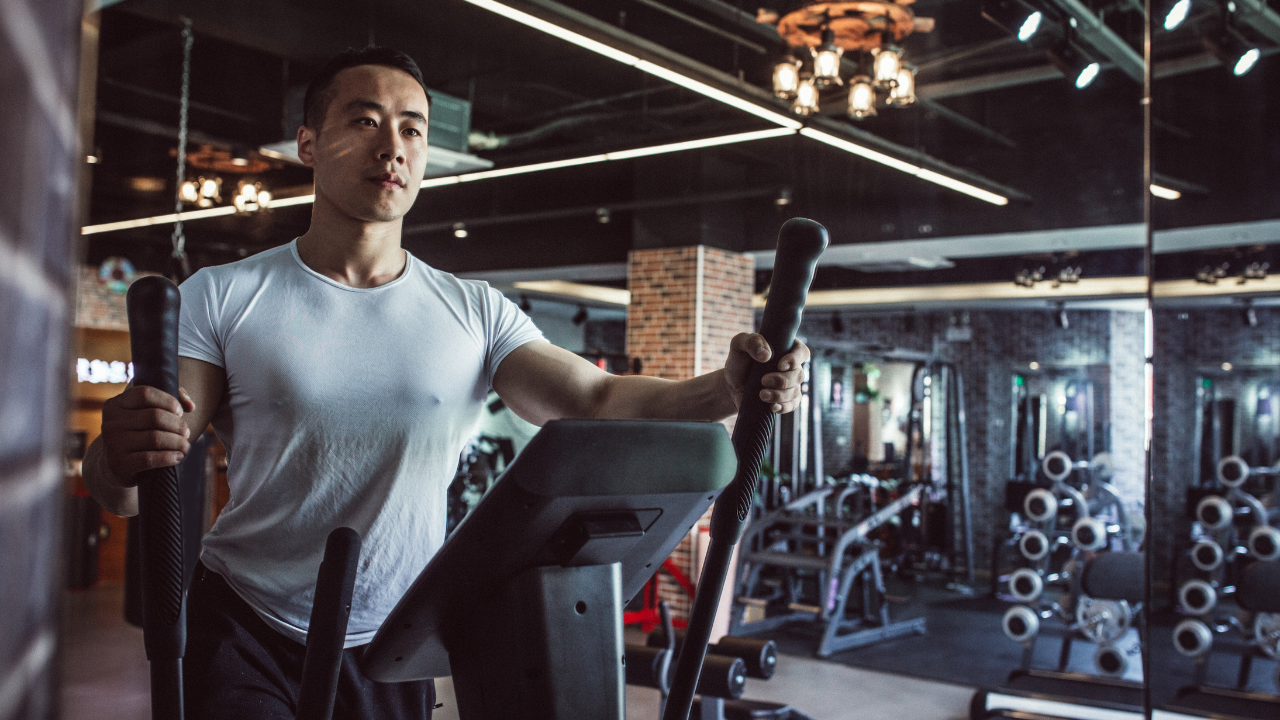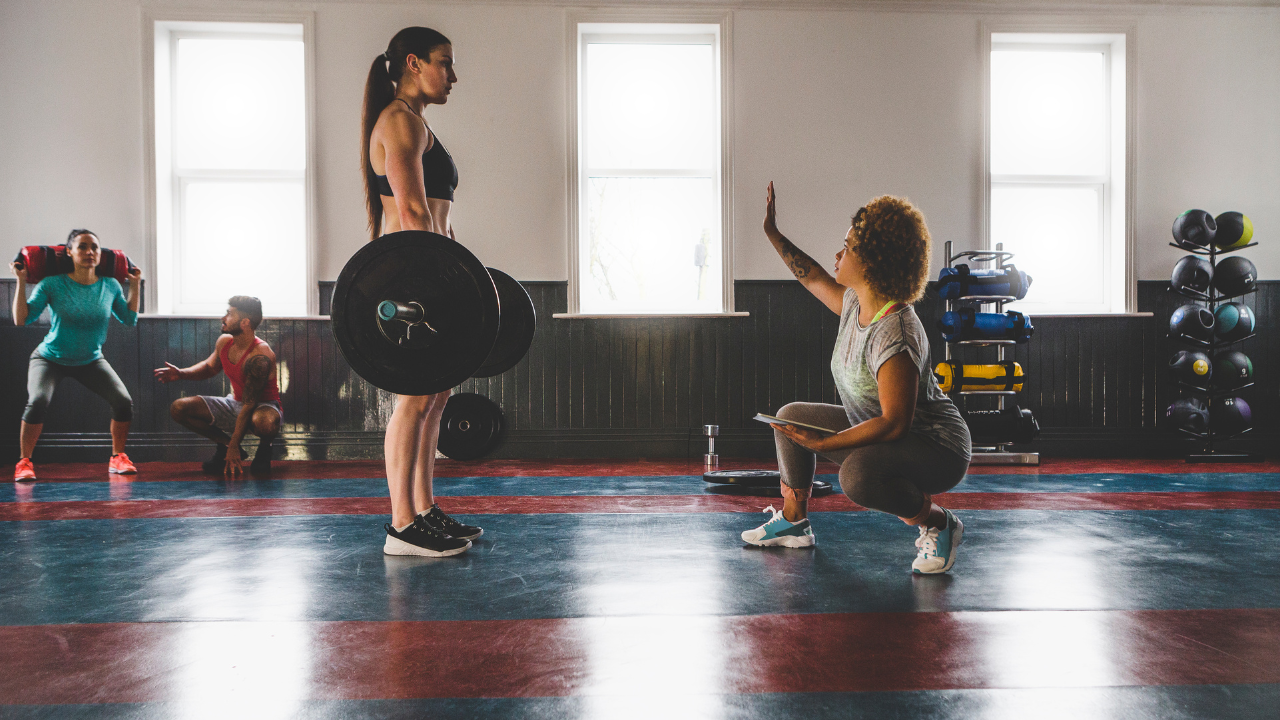Debunking Fitness Myths – The more you delve into the fitness and health industry, the more you are exposed to myths surrounding health and fitness. Here are a few myths you may come across in your fitness journey that we are here to debunk for you!
The more you delve into the fitness and health industry, the more you are exposed to myths surrounding health and fitness. Here are a few myths you may come across in your fitness journey that we are here to debunk for you!
BMI & Bodyweight: Debunking Fitness Myths
Although there are scenarios in which body weight and BMI can be utilized as a metric, they are both outdated and frankly not great indicators of one’s health. Oftentimes BMI can place weightlifters in the “obese” category despite being fit, and can also put unhealthy people in the “healthy” category.
The “Protein Window”
The protein or “anabolic” window is the short time period after a workout when your muscles are recovering and repairing. Although post-workout nutrition is a crucial part of muscle recovery and growth, there is little scientific evidence to back up this strict time limitation. But protein synthesis is generally limited to 25 to 35 grams of protein per meal, so make sure you space out and maximize your protein intake throughout the day rather than overconsuming protein after a workout and then negating protein intake in the rest of your day.
“Fat-Burning Zone” Target HR
Higher intensity workouts burn more calories and raises your heart rate more than anaerobic exercise or lower intensity workouts, but this does not mean that it’s burning more fat or that you can only burn fat in that heart rate zone. Fat is burned in either scenario and is not optimized or limited to a specific target heart rate, but overall consistency with various physical activity throughout the week is what’s going to make the biggest difference with fat loss and overall health.
Spot Reducing Fat and “Toning” Muscles
Spot-reducing fat is a common trend on social media, especially with the short HIIT (High Intensity Interval Training) circuit videos advertised as helping you reduce fat in your abdominal region, tone your arms and thighs, et cetera. But unfortunately spot reducing fat is impossible and you can’t really select where your body loses or holds onto fat. The only way to try and reduce fat is to reduce your overall body fat percentage through a caloric deficit, but even then, you do not get to choose where you lose fat and where you don’t.
“Toning” is a term commonly used for those quick workout videos as well, claiming to not “bulk” and instead tone your muscles and your body a certain way. It is impossible to tone your body, since muscles either shrink or grow. But if you are looking to make you muscles more visible, it is achieved through a combination of strength training and weight loss. By weightlifting and losing weight, you are increasing lean muscle mass and reducing your body fat to achieve that “toned” look that is often advertised.
Burning Fat on an Empty Stomach
People often assume that doing a fasted workout will burn more fat, since you don’t have consumed energy or fuel to burn and that your body will choose to burn stored fat. But in reality, your body will also begin to burn more muscle than fat in a fasted state which can affect your muscle growth and strength. It is still best to at least consume a small snack prior to lifting or doing cardio, ideally consisting of carbohydrates and protein.

Lifting Weights Will Make You Look “Bulky”
Weight lifting is not gender-specific, and is a great way to stay active since it offers health benefits for your heart, metabolism, joints, posture, and balance. Some people may perceive that strength training will make you look bulky or that it isn’t conducive to weight loss, but it’s very beneficial to include alongside cardio for weight loss and building muscle.




